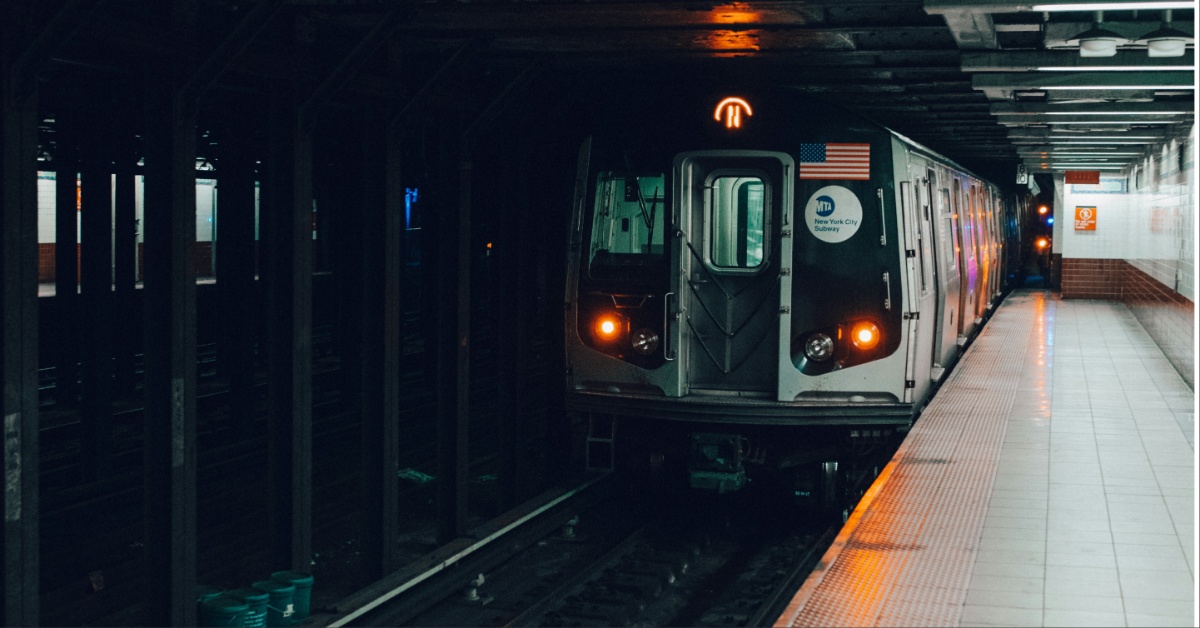
Photo by Wes Hicks on Unsplash
New York MTA Introduces Subway Barrier Program To Protect Passengers
January 22, 2024
The New York City Metropolitan Transportation Authority (MTA) has introduced a pilot subway barrier program to protect its millions of daily passengers. These barriers are set in place to prevent accidental falls onto train tracks.
The 191st Street station in Washington Heights is one of four stations that have these new platform barriers. They are set in place to keep riders safe, according to a press release. The station is the first of four stations — including West 8 St-NY Aquarium Station, Clark St. Station, and a fourth station that is to be determined — to install these barriers.
“This is about finding creative ways to improve safety,” said MTA Chair and CEO Janno Lieber. “A hearty pat on the back to New York City Transit professionals who found a practical way to jump-start the feeling — and reality — of safety in the subway system.”
Leiber explained that the project is still experimental, and it must yet be determined if the barriers effectively deter track intrusions without interfering with passenger circulation. He added that the MTA will be ready to deploy widely if these stops pass the test.
The MTA installed new safety barriers at a Manhattan subway station to prevent people from falling on the tracks.https://t.co/0Yx7PIujNr
— PIX11 News (@PIX11News) January 21, 2024
The subway barriers are located on the platform edge. They are adjacent to a warning strip at locations and will not obstruct car doors as they open to allow customers to enter and exit the train. The agency will study their effectiveness to determine whether to expand to other stations, according to PIX11 News.
This pilot program is part of a more significant effort by New York City Transit to allow riders to feel safe. The track trespassing task force released a report on track intrusion and potential solutions addressing different instances of why MTA subway riders found themselves on train tracks.
Within this report, it was found that riders found their way onto the tracks for a myriad of reasons. “Whether to pick up a dropped object, to cross to a different platform, to access an encampment in the tunnels, or without any apparent reason, most incidents start with someone voluntarily going down onto the tracks.”
The report states that mental illness or emotional disturbance is also a common factor, as is drug use or intoxication. However, while suicides and suicide attempts make up just 4% of total incidents, they account for 25% of collisions and 35% of fatalities. Accidental falls and rare instances of assault also occur.
Recent News
Grocery Prices Have Finally Fallen for the First Time in a Year
Some grocery staples are seeing a decline in price.
Under Armour Layoffs Set Company up for Major Restructuring, Says CEO
Amid a decline in revenue, the brand is restructuring.
Almost 900,000 Yogi Tea Bags Recalled Over Pesticides
East West Tea Company, LLC has initiated a recall affecting almost 900,000 Yogi tea bags in 54,846 boxes sold nationwide.
McDonald’s Introduces Limited-Time $5 Value Meal & New McFlurry
McDonald’s will launch a $5 value meal in the U.S. starting June 25, available for roughly a month.

